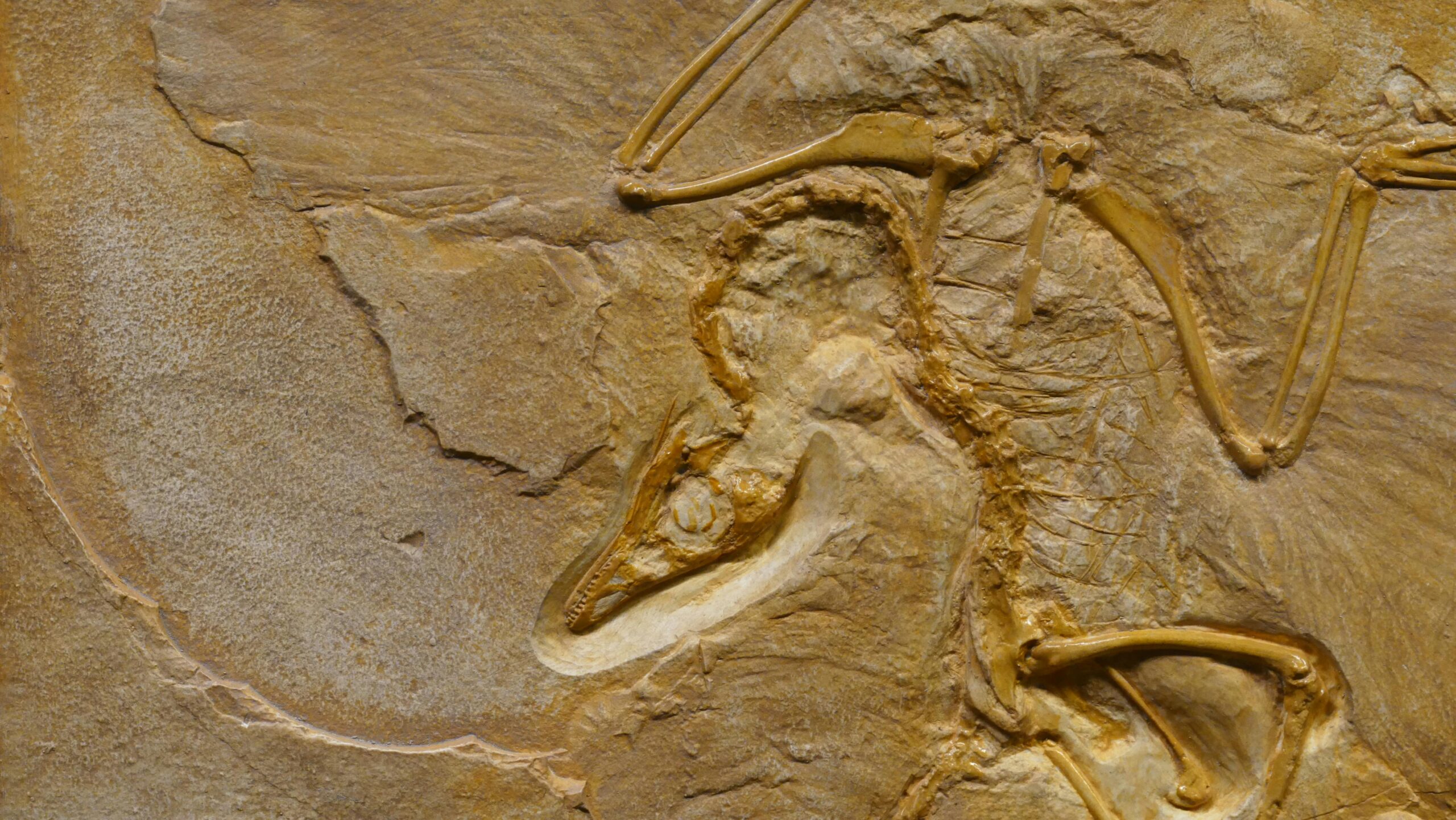(image credit: by Marcus Lange )
Deep in the sands of Libya, two ancient skeletons have unlocked a hidden chapter of human history. Dating back 7,000 years, these remarkably preserved remains reveal a lineage of early humans that was previously unknown to science—reshaping what we know about prehistoric migration in North Africa.
Discovery in the Green Sahara
Long before Libya became the arid desert we know today, the region was part of a lush, green savanna—often referred to as the Green Sahara. It was during this period, roughly 7,000 years ago, that two women were buried in a cave now known as Uan Muhuggiag, located in the heart of the Sahara.
Their bodies were naturally mummified, preserved by the dry desert air and burial practices, allowing scientists to recover usable DNA—an exceptionally rare feat in such ancient remains.
A Surprising Genetic Revelation
In a groundbreaking study, researchers sequenced the genomes of the two women and found something astonishing: their DNA did not match any known ancient or modern populations. Instead, it pointed to a completely distinct human lineage that had never been seen before.
This suggests that multiple human groups were living in North Africa at the time, including a population whose genetic traces have since vanished from the modern gene pool. Scientists believe this discovery fills in a missing piece of the puzzle in the story of human evolution and migration.
Rewriting the Map of Ancient Migration
Until now, theories about early human movement in North Africa often centered around Mediterranean coastal groups or Nile Valley migrations. But this finding shows that deep in the Sahara, isolated populations were evolving and thriving independently.
It also suggests that the Sahara, when fertile and green, may have acted as a corridor for human travel, not a barrier as once believed. These ancient people could have connected sub-Saharan and North African populations, influencing gene flow across regions.
Cultural Clues in the Cave
Alongside the skeletons, archaeologists found evidence of early burial rituals: tools, animal remains, and red ochre used in the burial process. These artifacts point to complex social behaviors, including symbolic thinking and spiritual beliefs—hallmarks of advanced prehistoric culture.
This cultural depth, combined with the genetic uniqueness of the individuals, suggests these people were far from primitive—they were a vibrant and distinct community with their own identity.
Why This Matters
This discovery changes how we understand early human diversity. It proves that significant, now-extinct lineages once roamed North Africa—offering a richer, more complex view of our ancestry.
As genetic research advances, scientists hope to uncover traces of this lost population in other regions or buried within modern genomes, potentially connecting more dots in the grand story of humanity.


